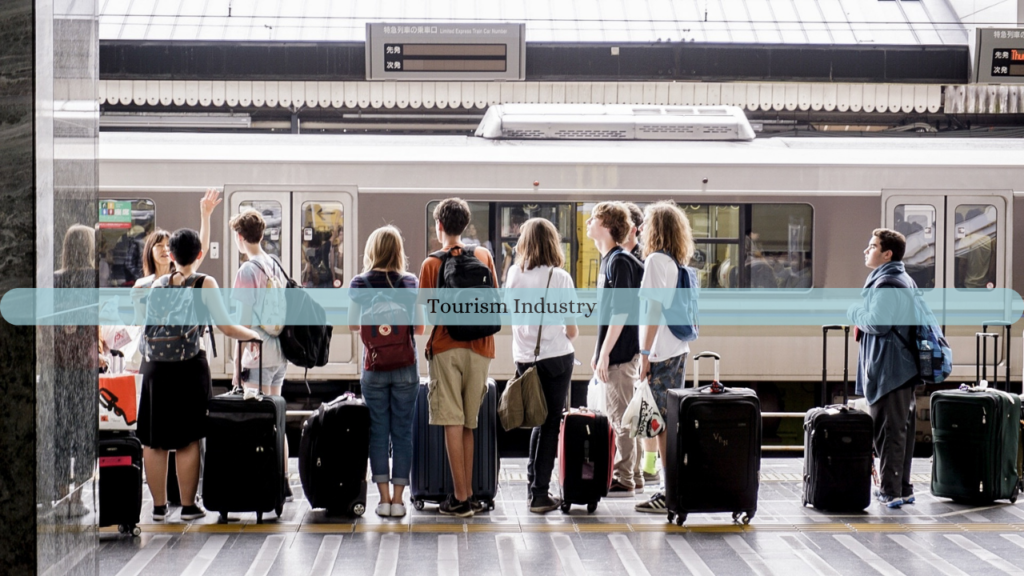
Wanderlust, the overwhelming desire to travel and explore new places, is a powerful force that drives millions of people into the tourism industry each year. For many, travel offers the chance to escape, explore, and immerse in different cultures. However, beneath the surface of this vibrant and fast-paced sector lies a darker side—one where addiction, whether to substances, behaviors, or the thrill of constant movement, is becoming increasingly prevalent. The tourism industry, with its transient nature and hedonistic tendencies, can create conditions ripe for addiction among both travelers and industry workers.
The Nature of the Tourism Industry
The tourism industry is known for its high-energy and fast-paced environment. Whether it’s the excitement of travelers or the constant work demands placed on employees, this intensity can lead to unhealthy coping mechanisms. For many tourists, traveling provides a temporary break from everyday responsibilities. It’s an opportunity to let loose, indulge, and live in the moment, often leading to increased substance use, such as alcohol or drugs, especially in party destinations like Ibiza, Las Vegas, or Bangkok. While a vacation is seen as a time to unwind and enjoy freedom, for some, the desire for escape can turn into an unhealthy pattern of substance use, ultimately leading to addiction.
The industry also attracts a workforce that thrives on excitement. Many tourism professionals, from flight attendants to hotel staff to tour guides, work long, irregular hours, often far from their home environment. This lifestyle can be isolating and stressful. The transient nature of the industry means employees often move from one destination to another, creating a sense of instability. For some, substance use becomes a coping mechanism to manage the stress, loneliness, or burnout that often comes with the job.
Addiction Among Tourism Workers
Tourism employees, particularly those in hospitality or nightlife, are exposed to environments where alcohol and drugs are readily available. Bartenders, club workers, and hotel staff are often expected to maintain a sociable demeanor, contributing to an environment where drinking or using drugs feels normalized. The late-night culture, high-pressure environment, and the need to entertain guests can lead to overuse of substances.
Furthermore, the seasonal nature of many tourism jobs can create financial insecurity. When combined with long work hours and erratic schedules, many workers turn to substances as a way to relieve stress. Over time, this can spiral into dependency. In certain cases, employees may develop addictions not only to substances but also to the lifestyle itself—the thrill of constantly moving, meeting new people, and living outside the bounds of traditional societal expectations.
Escaping Through Travel: A Behavioral Addiction
While substance addiction in the tourism industry is common, another form of addiction is increasingly recognized: behavioral addiction to the act of travel itself. For some individuals, the need to constantly seek out new experiences, cultures, and places becomes a form of escapism. This wanderlust addiction leads to a cycle of always chasing the next thrill, the next destination, and the next adventure. Like any addiction, this constant pursuit of novelty can have damaging consequences—financial strain, broken relationships, and a growing sense of dissatisfaction with ordinary life.
Conclusion
The tourism industry, while offering excitement and adventure, also creates an environment where addiction can flourish. Whether it’s the availability of substances, the high-pressure work environment, or the addictive nature of travel itself, both workers and travelers are at risk of falling into unhealthy patterns. As the tourism sector continues to grow, it is essential to recognize these risks and create support systems to help those struggling with addiction in an industry built on wanderlust.